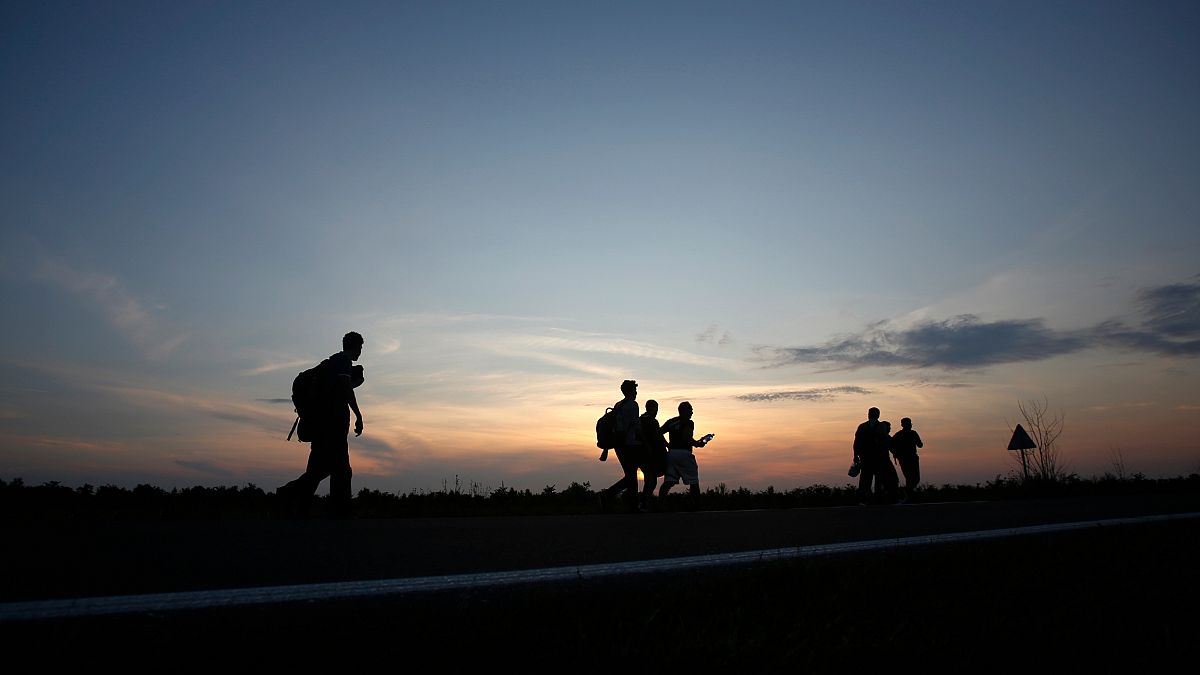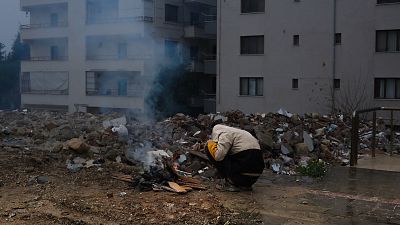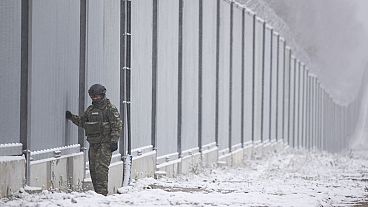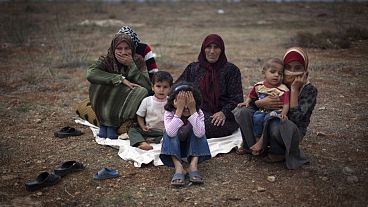Number of refugees and asylum seekers in Europe keeps rising, data shows
The continent saw the largest numbers of refugees coming from Ukraine, Syria and Afghanistan, while Syrians and Afghans remain top asylum seekers in countries like Germany, according to Euronews' data analysis.
The number of refugees and asylum applicants in Europe has gone up again in 2023, with wars and crises in other parts of the world fuelling ever-increasing migration flows, UN refugee agency data shows.
Meanwhile, countries across the continent are further tightening security measures in response to rising concerns over illegal immigration.
Germany's coalition government last week agreed to tighten security and asylum policies following a deadly stabbing attack linked to the so-called Islamic State extremist group.
The attack in Solingen, where three people were killed and eight wounded during the city's 650th-anniversary festival, has ignited political tensions over asylum and deportation policies.
The far-right anti-immigration Alternative for Germany party (AfD), which has turned the incident into a pillar of its campaign, won a third of the votes in Thuringia and Saxony, two eastern German states, last Sunday.
Recent attacks have prompted Germany to change its asylum policy and deport migrants from Afghanistan for the first time.
Official figures show the number of Afghan refugees seeking asylum in Germany has surged since the Taliban's return to power in Afghanistan.
In recent years, Europe saw the largest numbers of refugees coming from Ukraine, Syria and Afghanistan — with Ukraine and Syria facing active conflicts in their territory.
Russia’s full-scale invasion of Ukraine in early 2022 caused a massive displacement in Europe. The UNHCR refugee agency data shows that, by the end of last year, the war had displaced an estimated 3.7 million people within the country and forced 6.3 million refugees and asylum-seekers to seek protection abroad, nearly 6 million of them in Europe.
Syrians and Afghans continue to be the two largest groups of asylum-seekers, as they have been for several years, according to the data, submitting 209,000 and 155,000 applications, respectively, by the end of 2023.
Germany alone has received a significant number of asylum applications, with 117,363 from Syrians and 61,000 from Afghans by the end of last year.
Meanwhile, coastal Schengen area countries bordering non-EU members have been the main port of entry for refugees and migrants — a continuing trend since the 2015 migrant crisis in Europe.
Reports of violent pushbacks and other human rights violations against border police and the EU border control agency Frontex have caused significant criticism from NGOs across Europe.
However, some EU member states have increased their vigilance, while others are mulling transferring some of the asylum seekers to third countries.
Italy went the farthest by signing a controversial agreement with Albania, which will see single men applying for asylum await Rome's decision in the Western Balkan country — a first for the EU and second only to the UK's botched plan to send asylum applicants to Rwanda.















